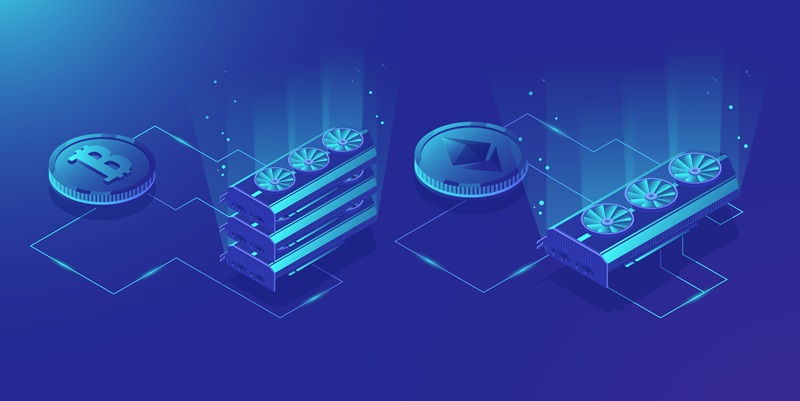Plume Network, a forward-thinking blockchain platform specializing in real-world assets (RWAs), has unveiled its latest initiative, a tokenized "Mineral Vault." This venture comes on the heels of growing investor interest in high-yield private assets, specifically in the extraction of natural resources such as gold, silver, coal, crude oil, and natural gas in the United States. The launch of the Mineral Vault signifies a pivotal moment as it bridges traditional resource investments with the burgeoning world of blockchain technology, catering to investors seeking lucrative returns and innovative asset management solutions.
Chris Yin, the CEO of Plume, highlights a noticeable shift in investor interest from tokenized treasury bills to more private alternative assets driven by their potential for higher yields. According to data from RWA.xyz, the total value locked (TVL) in tokenized RWAs nears $12 billion, with projections suggesting it could balloon to a staggering $30 trillion globally. Among the highest-TVL RWAs are tokenized U.S. treasury bills and money funds, which currently hold hundreds of millions in TVL. The "Mineral Vault" initiative aims to capitalize on this demand by enabling financial exposure to revenue-generating mineral extraction interests, aligning with broader industry trends focusing on high-yield investments.
Demand for Yield-Bearing Assets Drives Tokenization
Yin points out that yield-bearing assets, especially those yielding over 10% paid in stablecoins, are experiencing the fastest adoption among investors. These high-yielding investments offer significant financial benefits, attracting both institutional and retail investors looking to diversify their portfolios. The "Mineral Vault" endeavor is poised to meet this demand by offering exposure to extraction industries that have historically been challenging to access but are now more attainable through blockchain technology. This initiative underscores a robust strategy to attract a broad spectrum of investors keen on diversified, high-return opportunities.
Moreover, Plume’s strategy is not merely about introducing another tokenized asset; it aims to transform how these assets are perceived and utilized within the decentralized finance (DeFi) realm. By leveraging blockchain’s capabilities, Plume plans to develop an RWA-centric ecosystem, or RWAfi, bringing traditional financial properties into the crypto space. This includes using RWA tokens as collateral for loans and enhancing liquidity, thereby integrating the benefits of decentralized finance with the tangible value of real-world assets. As tokenized RWAs continue to gain traction, Plume’s initiative may set a new standard for combining traditional investments with blockchain innovations.
Integration with Decentralized Finance
Plume Network, a pioneering blockchain platform focusing on real-world assets (RWAs), has launched its latest initiative: a tokenized "Mineral Vault." This venture follows a surge in investor interest in high-yield private assets, particularly those linked to the extraction of resources like gold, silver, coal, crude oil, and natural gas in the U.S. The "Mineral Vault" marks a significant step in merging traditional resource investments with the evolving world of blockchain technology. It aims to attract investors looking for high returns and modern asset management solutions.
Chris Yin, the CEO of Plume, notes a growing shift among investors from tokenized treasury bills to private alternative assets, which offer higher potential yields. According to RWA.xyz, the total value locked (TVL) in tokenized RWAs is approaching $12 billion and could soar to $30 trillion globally. High-TVL assets currently include tokenized U.S. treasury bills and money funds, holding hundreds of millions in TVL. The "Mineral Vault" seeks to tap into this demand, providing financial exposure to revenue-generating mineral extraction interests and aligning with trends toward high-yield investments.

